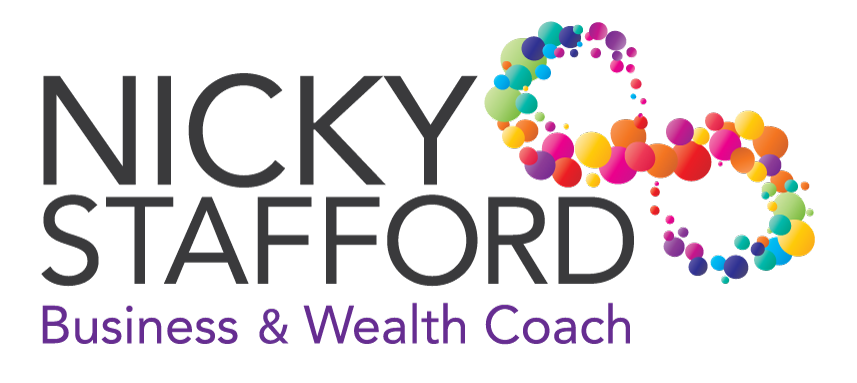This is the third in our trilogy examining superannuation throughout a working life. Having looked at those people starting out in their career and those in the middle decades of their career, let’s focus on people in the last ten to fifteen years of their working lives. People for whom the gold watch of retirement is coming into view.
As we said last week, there is of course no one way that everyone finishes out their career. While most people have some choice over when to retire, some people have retirement thrust upon them. Still others start their retirement early and take time doing it, gradually cutting back their working hours, either by taking more and more periods of extended leave or by working fewer days each week or shorter hours each day. But within all of those differences, there are some common themes that people closing in on retirement need to think about.
Choice of Fund
As with any stage of your career, choice of fund remains perhaps the most important element of the superannuation decision. By this stage of your career, hopefully you have settled on a fund (or two) that you like and that suits your purposes. If not, it is never too late to change, so please talk to us if you are not 100% happy with your current fund.
How to Invest
As you approach retirement, the time when you can access your super also approaches. Earlier in your career, your super is almost by definition a long-term investment. But now, the investment timeline becomes more mixed. Some of your money still needs to be invested for the long-term. After all, if you retire at 65 and intend or hope to live to 90, then you have 25 years to think about. 25 years is a long-term investment in anyone’s language.
But you are also going to need some of your money in the medium and even the short term if your retirement is coming close. There are no real rules about what defines long, medium and short-term horizons when it comes to investing. But many advisers use a rule of thumb that sees anything less than 2 years as short term, between 2 and 5 (or 2 and 10) years as medium term, and anything longer than that as long-term. Accordingly, you can see that someone within a year or two of retiring will need some money in each of the three investment horizons. And they will need to factor in all three timeframes for most of the rest of their life.
While everyone’s risk appetite is different, another general rule of thumb is that longer-term investments can (and should) tolerate more risk. Thus, they tend to be skewed away from defensive assets such as cash, term deposits and the like and towards higher-growth assets such as shares or property. The corollary of this is that shorter term investments go the other way – they tend more towards defensive assets such as cash which preserve capital.
Putting all of this together, it is almost always the case that a person closing in on retirement employs a blended investment strategy that mixes defensive and growth assets. As a person ages, the mix can tend to change away from growth and towards defensive.
There are, of course, exceptions. People with a lot of wealth outside of super might retain a more growth-focussed strategy within their superfund, especially given that a super fund is often the most lightly taxed part of an overall portfolio. Investment returns are taxes, so it makes sense to try to maximise them within superannuation. The ‘flipside’ can also be true: if a person’s super is all they have, they may wish to be especially careful (and thus risk averse) with that money.
Life Insurances
As people approach retirement, two things happen with life insurances. The first, and most noticeable, is that insurance gets much more expensive. There is no mystery here. The older we are, the more likely the ‘insurance event’ (a nice way of describing becoming disabled or dying) is to happen.
Secondly, and perhaps less noticeably for many people who have simply paid for their life insurance for many years, the need for life insurance can diminish. This happens in all sorts of ways. Children become independent adults, for example. Or, as we get older, the length of time that we need disability benefits for diminishes accordingly.
For most people, there comes a time when life insurance can either be reduced or done away with altogether. We stress, though, that this time should only come after some serious thinking. It can be very difficult to reinstate life insurance that has been allowed to lapse if you change your mind or realise that you actually do still need insurance. When it comes to ceasing life insurance, the old adage of ‘measure twice cut once’ rings very true.
Extra Contributions
Last week we went over the two main ways to contribute into super: concessional and non-concessional contributions. So, we will not repeat what we said here.
What we will say is that, as retirement nears, this is usually a good time to shovel as much money into super as possible. Often, our ‘time of life’ helps out here. Kids coming off our hands, mortgage loans being repaid, inheritances being received, etc all can combine to give us more cash than we need on a day to day basis. This ‘extra’ cash can really help bulk up super in preparation for retirement. And because retirement is not far away, the cash is not going to be ‘locked up’ for long.
Summary
As people approach retirement, there is a general checklist that can be applied to their super. A checklist like this is quite common:
- Get the choice of fund right;
- Review the investment strategy to make sure money will be available at all times when it will be needed;
- Review life insurances; and
- Get as much into super, taking as much advantage of the tax concessions available, as possible.
So, if your retirement is starting to come into view, make a time to come to talk to us to make sure that retirement is as comfortable as possible.






